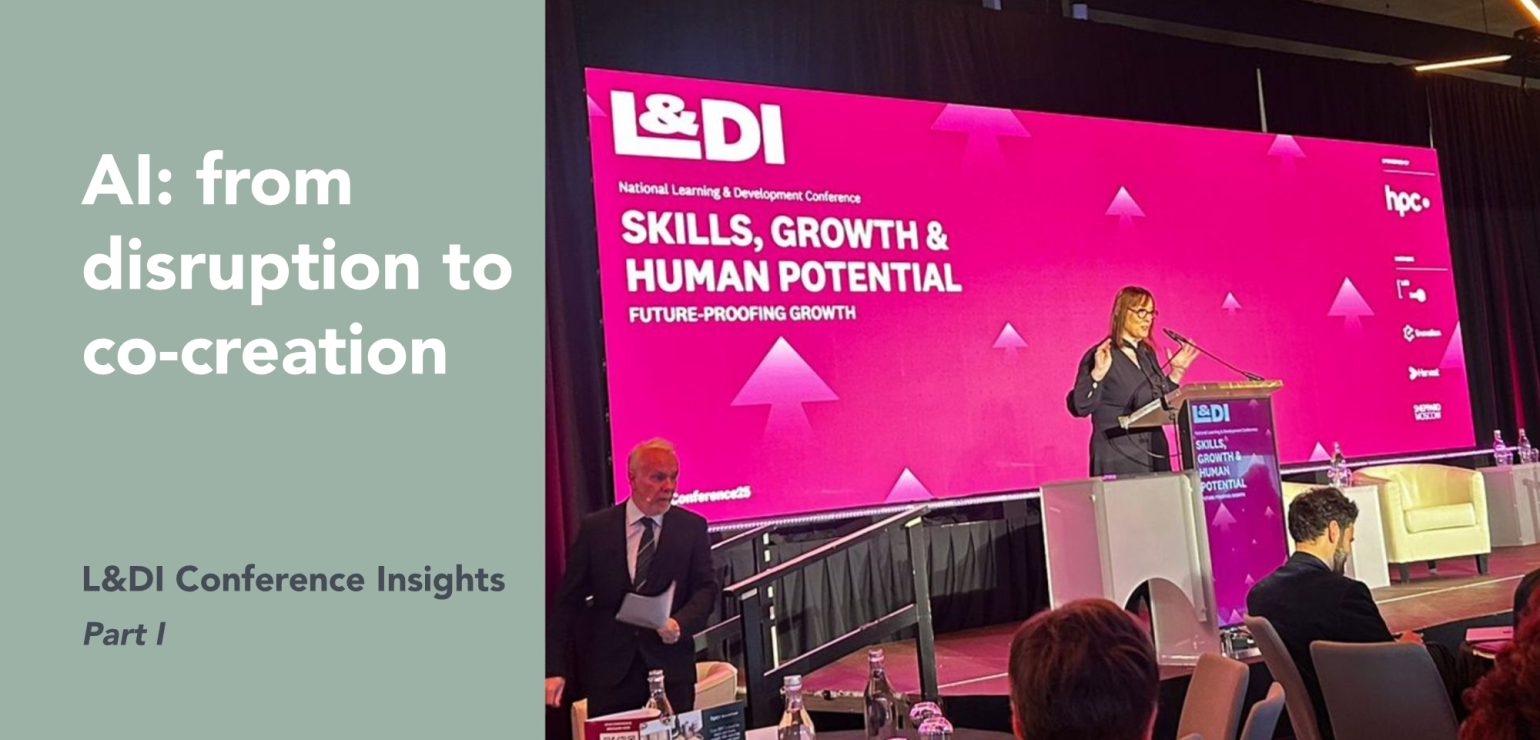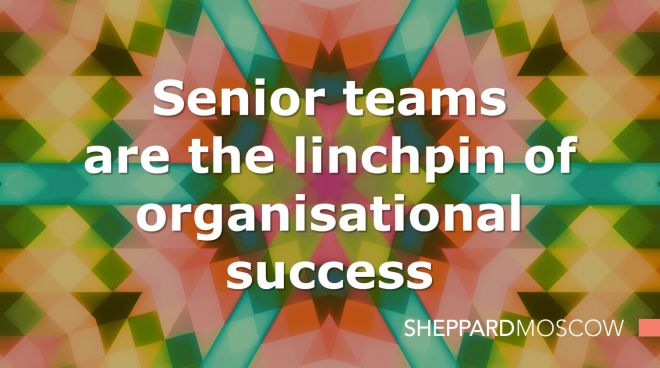The Future of Teamwork after Covid – Inclusion, Agility and the Workplace

As lockdowns in many countries are being released, we begin to wonder what the new normal for white-collar workers might look like. How can we continue to engender agile, inclusive, safe and productive teamwork when the first adrenaline rush is over but the crisis continues?
Extensive conversations with clients over recent weeks – ranging from professional services through property development to tech - have highlighted a number of developments:
- first, presenteeism may be dead – a whole generation of senior managers has learnt that productivity does not falter because you can’t directly observe your staff;
- second, there are profound upsides and downsides to homeworking – and these are very unevenly spread between people;
- thirdly, some important individual and team psychological and emotional needs for group activity are not being met in the virtual space and this may not be sustainable; and
- lastly, the recent big city norm of hotdesking and meeting pods on big densely packed floor plates (often accessed via public transport) will create unacceptable business interruption risks and employee safety concerns for the foreseeable future.
Many strategic conversations have begun on how to address these challenges, and many real-world experiments are already underway, including: ‘virtual first’ strategies; split teams alternating office work and homeworking; mixed modes of team participation with some in office, some at home; and face to face (but socially distanced) key meetings/encounters in otherwise empty offices.
These raise some profound questions: What are offices for now? Can you still operate as ‘one team’ while working in mixed modes? Can new virtual teamworking routines and practises make the difference, and preserve the status quo ante just in an altered format? Will the rapidly growing use of collaborative working and productivity software platforms be enough to make the difference? What are our deeper psyche and social needs for teamwork and working in groups? … and what does this all mean for productivity, organisational effectiveness, and sustainability after Covid?
Inclusion, Agility and the Workplace
Inclusion: in a sense it has been easy to switch from office to home working – we used to all work in the office, we now all work from home. Hybrid workplaces are more tricky - in groups and outgroups, perceptions of exclusion, differential access to informal networks. It is not hard to imagine the detrimental impact that this might have on belonging, on trust, on information flow, on collaboration. Yet we know the outcomes we need in terms of teamwork and we know what it is we need to replicate. Is it possible that we can ‘change everything so everything can remain the same’? How do we ensure all team members belong, understand, accomplish, and have direction?
Several things seem pertinent here, namely, creating the conditions for equality of participation, of access, and of contribution. Equality of participation is about paying careful attention to finding ways, fora and formats, where the team meets as a team on equal ground (perhaps all virtual or altogether?) to collectively determine the team’s key matters. Equality of access requires leaders and people managers to refocus their calendars around many more short informal time-spaces for ‘casual’ one-to-one and very small group interaction – 5 to 10 minute chats, pre or post meeting huddles, check ins and check outs, etc. – and to require such as a norm from others too. Equality of contribution requires performance and roles to be visible to all, and for creating more time-spaces for appreciation, reflection, co-learning and feedforward.
Agility: for sure we all want to be agile, and god knows we have had to be agile over the last few months. But how do we create milieus where agility is self-generating and sustainable? We know that trust, psychological safety, and a willingness to ‘fail fast to succeed better’ is fundamental, and that inclusion breeds trust. We also know that a strong sense of purpose and role clarity allows teams identify and self-organise around task. But we also know that while, pace Lencioni, every unsuccessful team is dysfunctional in the same ways; every successful organisation, pace Laloux (and in counter-distinction to Tolstoy’s correct observation of families!) is successful in its own way.
The need for every organisation to find its own way of being successful, brings us back to Hawkin’s systemic view of team effectiveness: that it is necessary for every team to know its purpose, to be clear about its common tasks, to be organised to efficiently co-create its outcomes, to connect and align with other teams, and, above all, to learn together faster than things are changing around them. But what will it take to organise and align teams in the hybrid workplaces that are emerging? After all the current explosive growth in the use of collaboration and productivity software platforms while helpful is unlikely to prove a magical solution …
Workplace: wither then the ‘office’ of the future? In all likelihood, our workplaces will be both physical in the sense of people working from actual offices distributed across space, and virtual in the sense that the whole team is rarely altogether in the same single physical space. If we accept that the workplace of the future will not just be an office nor a virtual office but some strange hybrid of actual offices, neighbourhood offices and home offices virtually connected - what then are our offices for and how should they be ‘fitted out’ (to use a suddenly old metaphor)? How do we ‘physically’ equip the team, as a team, and its individual members, to be able to fulfil its purpose, self-organise, and stay on task? What kind of ‘workplace’ do we need to create for effective teamwork to take place?
Clearly the office is no longer synonymous with the workplace, but the hybrid workplace must allow us to do all the things the traditional office used to do for us. To state the obvious – but possibly speaking in metaphorical terms - we still need ergonomic workstations, well laid out meeting and conference rooms, breakout and informal spaces, and community spaces, … and well defined boundaries between work and home (even when we are ‘at home’). There will be times when physical presence will be critical to effective work (whether safely face to face or via ‘true tele-presence’), there may be key relationships with team members we have never met, and it will all need to be socially, physiologically, and psychologically sustainable.
How we do all this remains to be seen, but it seems reasonable to expect that it will take a multi-disciplinary effort from people with expertise in people management, facilities management, ICT, organisational design, and organisational development at the very least to work it out.

 Johnny Kelleher
Johnny Kelleher 
 Aoife Keane
Aoife Keane 
